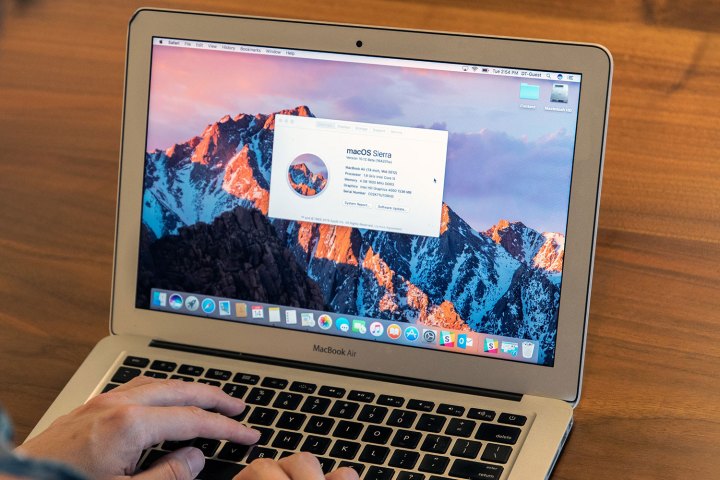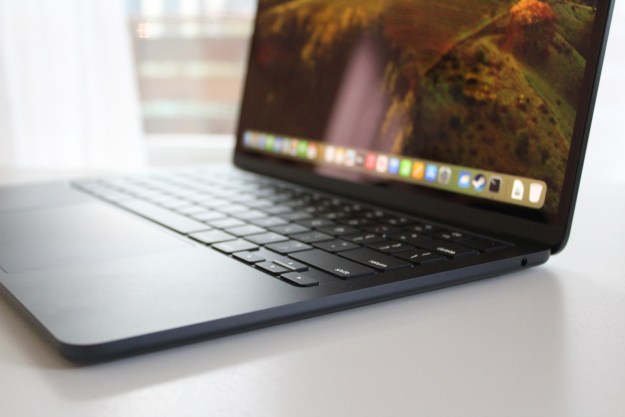
Called Darwin, these open-source components include major parts of the MacOS kernel, portions of BSD Unix, and various drivers. As such, Apple has always made these open-source software bits available for download ever since OS X 10.0 was released, and now the company has made MacOS 10.12 Sierra’s Darwin available as well, according to 9to5Mac.
Darwin isn’t the only Apple software that the company open-sources. Java for Mac is also available for download via the OpenJDK project created in partnership with Oracle. Also, the company’s newest programming language, Swift, also has an open-source version, increasing its appeal to students and others who otherwise might not have access to the language. Efforts such as these demonstrate that Apple is well aware of the competition it faces in application development and the PC market in general.
Other major technology companies are also heavily involved in open source. Microsoft, in particular, has numerous initiatives in the last few years to work more closely with the open-source community. That company recently joined the Linux Foundation as a premium member, along with adding Bash support to Windows 10 and offering a version of SQL Server for Linux. Clearly, for-profit companies are finding free open-source software increasingly important for maintaining their profitability.
Going forward, Apple will likely continue offering open-source components of MacOS. You can download MacOS Sierra Darwin here and it will show up soon on the Apple open-source website soon.
Editors' Recommendations
- The 6 key things Apple must fix in the next version of macOS
- These 6 tweaks take MacBooks from great to nearly perfect
- How to take a screenshot on a Mac
- How to change the default apps on a Mac
- 10 Mac trackpad gestures that everyone should be using


